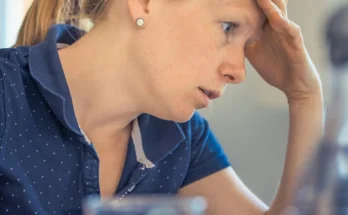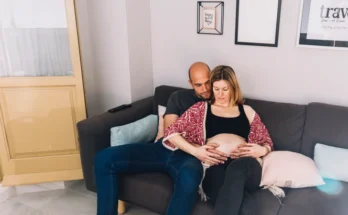When Margaret’s daughter got engaged, she led her up to the attic to show her the wedding dress she’d worn decades earlier. The lace had yellowed, the sleeves puffed with age. Her daughter laughed gently and said, “Mom, it’s… vintage.” Margaret smiled, but something inside her ached. That dress had held a thousand memories—of vows, of hope, of beginnings. She folded it back into its box, unsure what to do with the relic of her youth. A week later, she heard from her neighbor, a young single mother whose daughter was marrying at the courthouse with barely enough for a bouquet.
Without hesitation, Margaret brought her the dress. The neighbor’s daughter cried when she saw it, hugging Margaret tightly and whispering, “I’ll take care of it like it’s treasure.” Margaret watched the girl walk away with the gown, feeling something shift inside her—not loss, but release. The dress would live again, not in a closet, but in a moment of joy. It was no longer just hers; it was part of something bigger. She didn’t tell her daughter. She didn’t need to.
Months later, her daughter returned home with a box. Inside was a new dress—simple, elegant, and modern. Beneath it lay a handwritten note: “I learned from you that love looks better when it’s shared.” Margaret’s eyes welled with tears. Her daughter hadn’t just understood the gesture—she’d embraced it. The cycle of kindness had begun again, stitched into satin and sealed with grace.
Margaret never saw the old dress again, but she didn’t need to. Its legacy had already bloomed. The neighbor’s daughter sent a photo—smiling in the courthouse, radiant in borrowed lace. Margaret printed it and tucked it beside her own wedding photo. Two brides, two generations, one quiet act of generosity binding them together.
The attic still held boxes and dust, but the space felt lighter now. Margaret had learned that some heirlooms aren’t meant to be preserved—they’re meant to be passed on. And in doing so, they gather new meaning. The fabric of kindness, she realized, never goes out of style.


